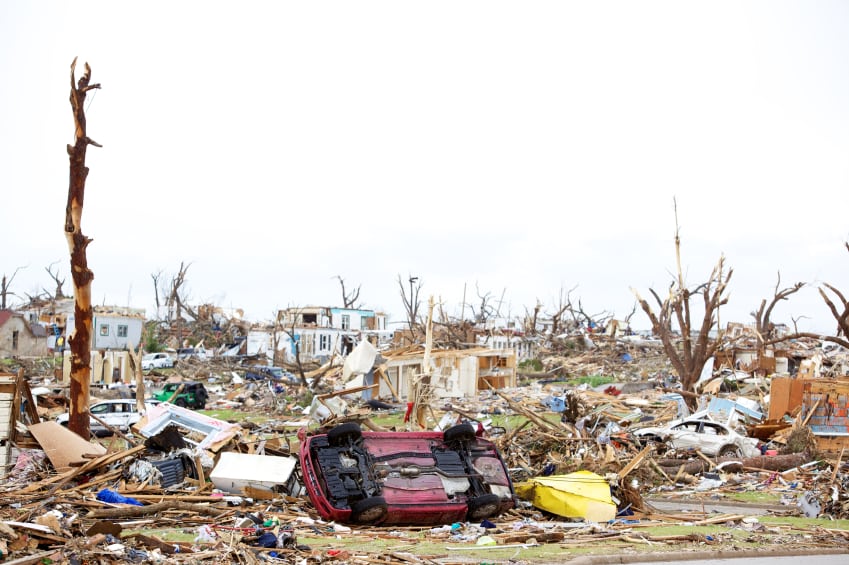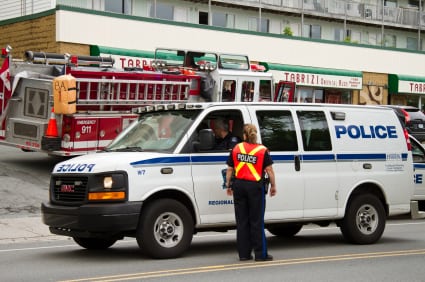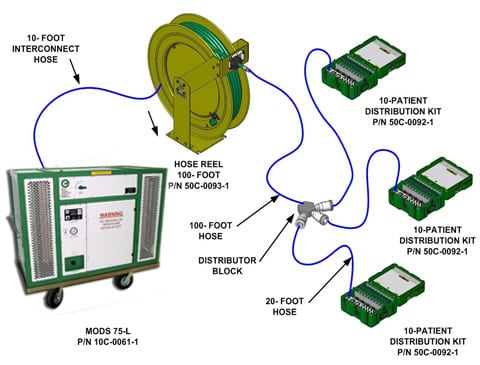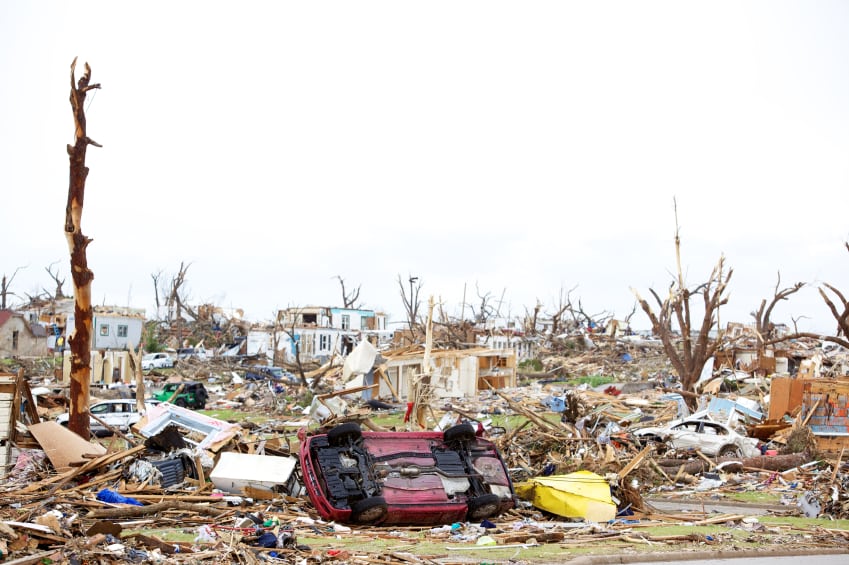Last week I had the opportunity to speak with Eric Larson, a jack-of-all-trades EMT, disaster response guru, and advocate of the MODS and MERC system. Over the past 35 years he has served in the Air Force, as an EMT and fire chief, as well as an emergency management director. His experience writing disaster recovery plans, as well as his knowledge of hazmat and, have made him a sought after expert and reputable source in the area of disaster recovery.
By day Eric usually spends his time saving lives from the back of an ambulance or educating others about the latest in emergency treatment (IE new protocols such as the IL protocol which involves drilling IVs into the bone). His main passion, however, is disaster response, wherein he is known for creating new, innovative solutions that make emergency planning and management more technically, logistically, and financially feasible.
One of the biggest takeaways Eric has stressed from a disaster preparedness perspective is that there is so much to be taken into consideration when planning for a disaster response scenario that one absolutely must factor in planning for the worst situations to occur ahead of time.

Eric illustrated this point in a very simple yet powerful manner. He used the recent catastrophe in Joplin, Missouri to describe what occurs when there is an influx of patients that must be evacuated from a hospital in a safe and efficient manner and there are people attempting to get into the hospital from the outside to address their own medical concerns. The big question one must ask themselves is, are we considering such scenarios as this when we draft up our disaster plan? Are we ensuring that all the bases have been covered? How does one make sure that their hospital or facility is aligned for the worst case scenario?
Here are three simple points that I’d like to touch on related to the questions above:
- Ensure that a disaster response plan has been written up, that it is up to date, and meets required standards.
- Maintain synergy between fire departments, police departments, public health officials, departments of health, and other key players that might be involved with a disaster response effort.
- Make sure the right equipment is in place.
1. Ensure
One might be surprised to find how little they are prepared for when a disaster strikes. Procedures and training are changing all the time, but they still need to be in place and current before the fact. Consider all the key players that need to be aware of what role they play and how they’re going to execute any duties that have been outlined in the disaster response plan. What special circumstances must be taken into consideration when such a plan is being drafted? One must question the regional, national, and even global entities that may be involved in a recovery effort.
2. Maintain synergy
This is a big one and is often overlooked. Think about the synergy that must occur between local fire departments, police departments, and other government institutions that must rely on each other in the event of a disaster. From the police’s perspective, the main concern is from a legal standpoint. Among other things, their job is to curb any criminal behavior that may stem out of a disaster. They will likely approach the situation with a lawful mindset. A fire department, on the other hand, is charged with acting on behalf of the public immediately. This might include following their usual protocol of responding to a situation, despite any red tape that might otherwise prevent them. These two different outlooks on a disaster scenario are rooted at the heart of the organizations they represent and contention between the two might arise that reduces the efficiency with which a disaster response plan is carried out. The goal of anyone planning for an emergency must be to ensure that everyone is well aware of what is to be expected of them.

3. Having the right equipment
Having the right equipment is a must. As it stands, your facility might already be equipped to distribute oxygen en masse. This might be through a standard mass oxygen generator (MOG). The downside to this traditional method, however, is that there are tons of moving parts to it, it’s incredibly large, it draws lots of electricity, and it produces oxygen at a very low level (only 91% oxygen). All of these characteristics are likely to hamper disaster response efforts.
High pressure gas cylinders are another alternative, but even still these need a fork lift to move and aren’t user friendly. In a disaster event, mobility is an extremely desirable characteristic.
The MODS system, on the other hand, has no moving parts, uses ambient air, and produces an oxygen output that is 100% pure oxygen. It is highly efficient in that it can convert 1 liter of liquid oxygen to 815 L of gas. That’s an enormous amount of pure oxygen coming from a small amount of liquid oxygen. Best of all, it is extremely portable.

Aside from oxygen distribution, mass fatality management is also a concern. Some hospitals can avoid worrying about storing remains because their facilities are already equipped with cadaver labs. Other facilities don’t have this luxury and must find alternative methods for storing remains.
One such solution, the MERC System (Mortuary Enhanced Remains Cooling), is like the Swiss Army Knife of mobile morgues. It is a far more reasonable expenditure than typical mobile morgue solutions. Semi trucks have been traditionally used, surrounded by barbwire fences, to store bodies at cold temperatures. The money that goes into protecting these rigs, as well as supplying them with fuel, is a waste. That along with the fact that they are not ergonomically constructed for storing remains (steps and racks must be installed) make them an undesirable choice in the event mass fatality situation.
The MERC system is highly portable, can go into any facility and turn it into a mobile morgue, and has applicability beyond disaster response scenarios. The cooling mats can be taken on-site to the scene of an accident to cool remains immediately.
—
Thus, it is always wise to ensure that the proper tools are in place to help execute a disaster response plan. One must always plan for a surge or overflow to occur in a disaster situation. Ensuring that facilities are properly staffed and well equipped will help ensure that response efforts reach their full potential.
For more information on disaster preparedness tips, please stay tuned to this blog, our YouTube channel, Facebook, and Twitter. We’re thankful to Eric Larson for taking time out of his day to provide insight on where disaster response is lacking and where we might seek to improve disaster relief techniques on a large scale.
Please leave us a comment below or post to our Facebook wall. For questions about where to find MERC systems and MODS, please fill out our online form.



